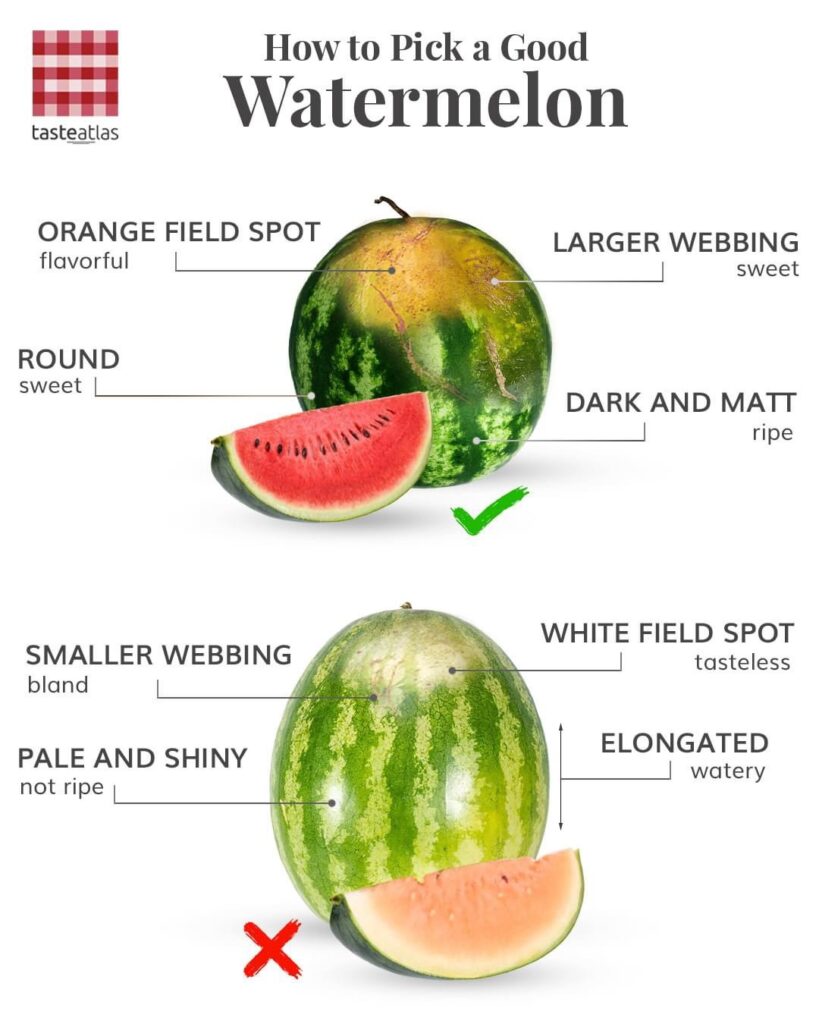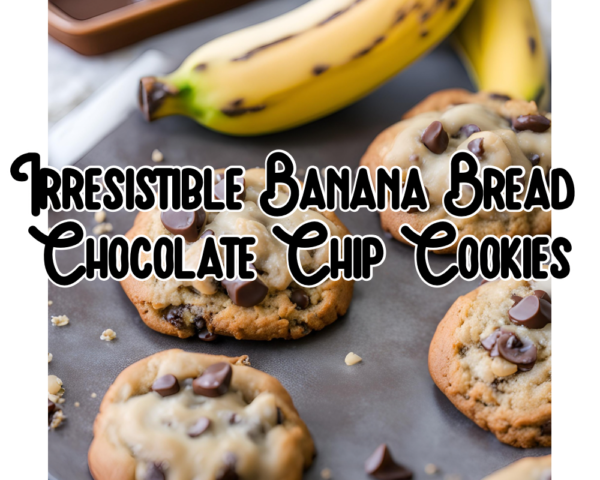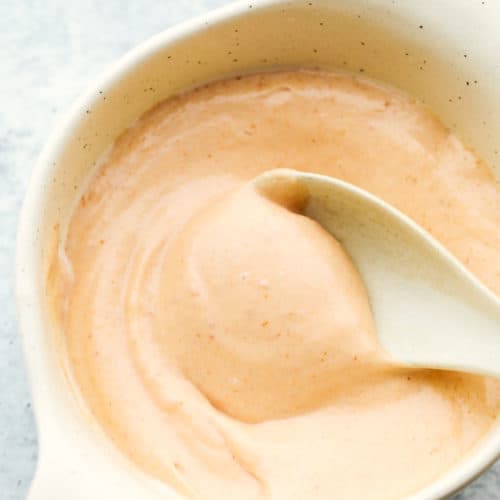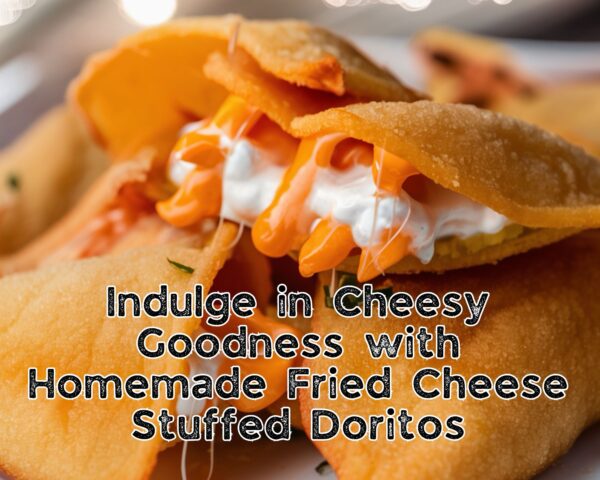- Look for a creamy yellow spot: On the underside of the watermelon, there should be a creamy yellow spot, also known as the “field spot.” This spot is where the watermelon rested on the ground while it was growing. A ripe watermelon will have a deep yellow or orange-yellow field spot.
- Check the skin color and texture: The skin of a ripe watermelon should have a dull, matte appearance rather than a shiny or glossy one. Additionally, run your hand over the surface and feel for a slight roughness. If the skin feels smooth, it may indicate an unripe watermelon.
- Tap and listen for a hollow sound: Give the watermelon a gentle tap with your palm or knuckles. A ripe watermelon will produce a hollow, deep sound. If the sound is dull or flat, it may indicate an underripe fruit.
- Assess the weight: Ripe watermelons are generally heavy for their size. Lift the watermelon and feel its weight. If it feels light for its size, it may indicate that it is not fully ripe.
- Examine the stem: Look at the stem end of the watermelon. A ripe watermelon will have a dried-up, brown stem. If the stem is green, it may suggest that the watermelon is not yet ripe.

Why and When to Check for Ripeness
Checking the ripeness of a watermelon is important for a couple of reasons:
- Flavor and Taste: A ripe watermelon will have the optimal balance of sweetness and juiciness. Checking for ripeness ensures that you enjoy the best flavor and taste experience.
- Texture and Texture: An unripe watermelon can be watery, bland, and lacking in texture. By determining the ripeness, you can avoid disappointment and ensure a satisfying eating experience.
The best time to check for ripeness is just before you plan to consume or serve the watermelon. Watermelons generally ripen during the summer months, depending on the variety and growing conditions. It’s recommended to check for ripeness a few days before you plan to enjoy the watermelon to allow for any necessary ripening time.
Remember, the tips mentioned above are general indicators of watermelon ripeness, but individual varieties may have specific characteristics to look out for. When in doubt, consult with a local farmer, grocer, or watermelon expert who can provide specific guidance for the variety you have.
As an Amazon Associate we earn from qualifying purchases through some links in our articles.




